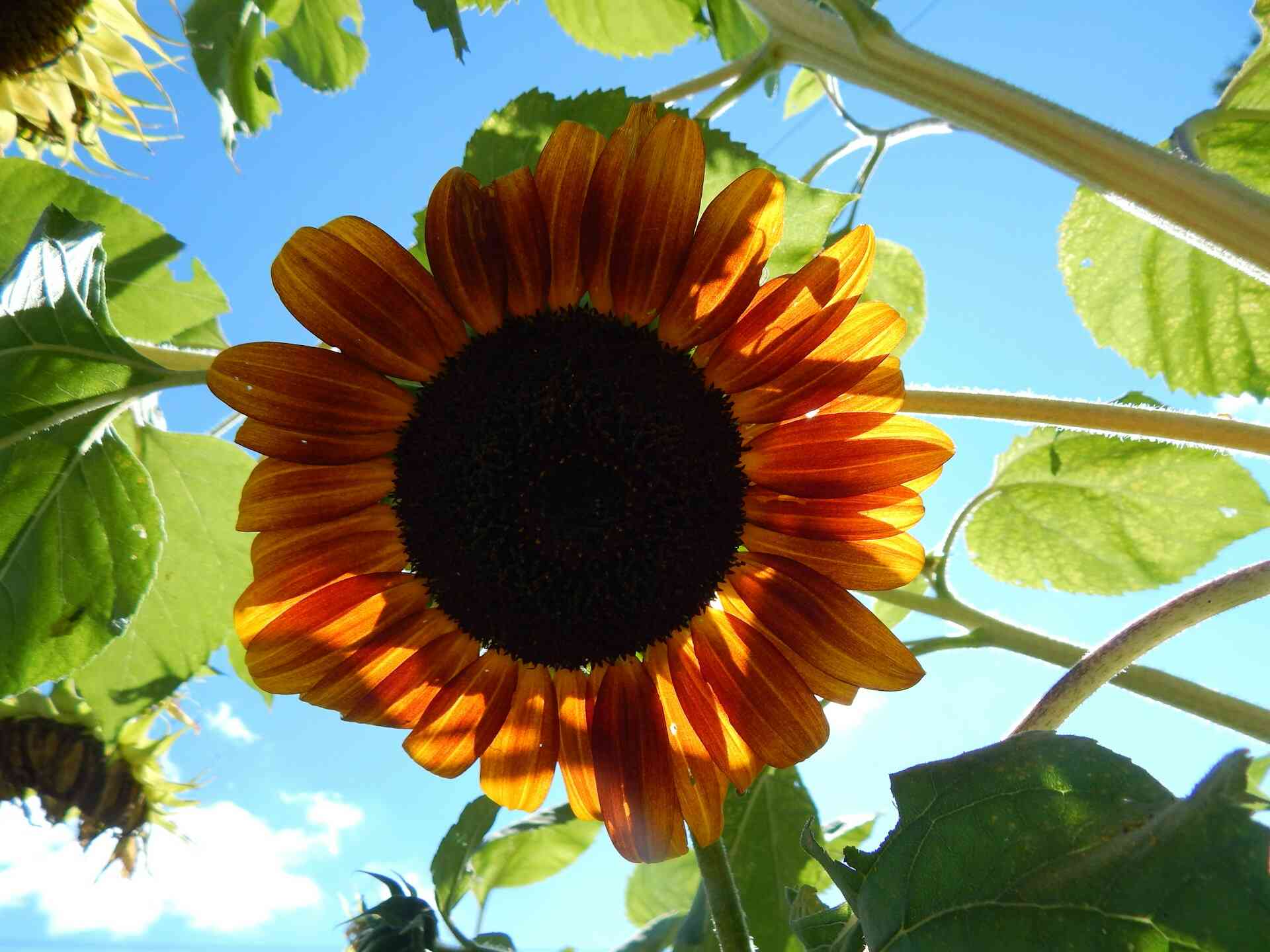Flowers, much like other plants, rely on light to sustain their growth and maintain health. This light, often sourced from the sun, serves as a key ingredient for their life processes, especially photosynthesis. While all flowers require some level of light, their specific needs vary depending on the species. Some flourish under intense, direct sunlight, while others thrive in partial or dappled shade.
In this guide, we’ll explore the role light plays in flower growth, identify plants suited to varying light conditions, and provide tips to help flowers grow healthily, whether in full sun or shaded spaces.
The Role of Light in Flower Growth
Light is essential for multiple plant processes, including:
1. Photosynthesis
Plants utilize light, water, and carbon dioxide to produce glucose, an energy source critical for their growth and blooming. Oxygen, a byproduct, is released during this process, contributing to a healthier atmosphere.
2. Blooming
Light exposure influences a flower’s ability to produce buds and open blooms. Certain plants rely on consistent light cycles (known as photoperiods) to initiate flowering.
3. Nutrient Absorption
Adequate light enhances a plant’s ability to absorb nutrients from the soil, supporting stronger stems, vibrant blooms, and overall health.
4. Growth and Structure
The amount and intensity of light can directly impact a flower’s size, leaf structure, and overall development. Too little light often results in leggy plants, while the right balance ensures compact, lush growth.
How Much Light Do Flowers Need?
The light requirements for flowers vary widely based on their species. Understanding these needs can help gardeners choose the right plants for their space:
1. Full-Sun Plants
- Definition: These plants need 6–8 hours of direct sunlight daily.
- Examples: Sunflowers, lavender, and marigolds.
- Ideal Setting: Open gardens, sunny balconies, or exposed landscapes.
2. Partial Sun or Partial Shade Plants
- Definition: These flowers thrive with 3–6 hours of light but can tolerate some shade.
- Examples: Hydrangeas, begonias, and impatiens.
- Best Spots: Areas with dappled sunlight, such as spaces beneath trees or near fences.
3. Shade-Loving Plants
- Definition: These species can grow in indirect light or low-light conditions.
- Examples: Ferns, hostas, and cyclamens.
- Suitable Environments: Shaded gardens, indoor spaces, or north-facing areas.
Signs Your Flowers Aren’t Getting the Right Light
A lack or excess of light can significantly affect flower growth. Watch for these indicators:
1. Insufficient Light
- Stunted Growth: Without light, photosynthesis slows, leading to smaller leaves and weak stems.
- Yellow Leaves: Chlorophyll production decreases, causing leaves to turn pale.
- Limited Blooming: Flowers may fail to produce buds or have dull, small blooms.
2. Excessive Light
- Sunburned Leaves: Scorched or brown spots on leaves and petals.
- Wilting: Rapid evaporation of water due to intense heat.
- Growth Decline: Overexposure can stress flowers, limiting their ability to thrive.
Tips for Ensuring Proper Light for Flowers
Here are practical ways to meet your plants’ light needs:
- Research Your Plants: Learn about the light preferences of each flower you’re growing.
- Observe Your Space: Monitor how sunlight moves through your garden or home throughout the day.
- Rotate Potted Plants: Ensure each side receives equal exposure by turning containers regularly.
- Group Wisely: Place flowers with similar light requirements together for efficient care.
- Use Artificial Lighting: For indoor or low-light areas, invest in LED grow lights that mimic sunlight.
Adapting to Seasonal Light Changes
As the seasons change, the intensity and duration of sunlight shift, affecting plant growth. Here’s how to adapt:
- Relocate Potted Plants: Move flowers indoors during winter to maximize available sunlight.
- Supplement with Grow Lights: Artificial lights can compensate for reduced natural light.
- Choose Seasonal Blooms: Opt for flowers like pansies or cyclamens, which thrive in cooler months.
Flowers That Thrive in Different Light Conditions
1. Full-Sun Favorites
- Roses: Timeless blooms that excel under bright conditions.
- Marigolds: Vibrant, hardy flowers that love the heat.
- Petunias: Dependable sun-lovers with colorful displays.
2. Partial Sun Champions
- Fuchsias: Colorful, drooping flowers ideal for dappled shade.
- Astilbes: Graceful blooms for shaded corners.
- Bleeding Hearts: Unique heart-shaped flowers suited to partial light.
3. Shade-Loving Stars
- Lily of the Valley: Fragrant, dainty flowers for low-light spaces.
- Toad Lilies: Exotic-looking blooms that add interest to shady areas.
- Hostas: Versatile plants with lush foliage.
Debunking Common Myths About Light and Flowers
1: All Flowers Need Full Sunlight
- Reality: Many species thrive in partial or indirect light.
2: More Light Equals Better Growth
- Reality: Overexposure can cause stress and damage.
3: Indoor Flowers Don’t Need Light
- Reality: Even indoor plants require proper lighting, whether natural or artificial.
Conclusion
Flowers may need varying amounts of sunlight, but understanding their unique requirements is key to their success. By learning about your plants’ preferences and adapting care practices to match, you can create a thriving garden in any space. Whether under the full sun, partial shade, or artificial light indoors, flowers reward the right light conditions with vibrant, healthy blooms.

